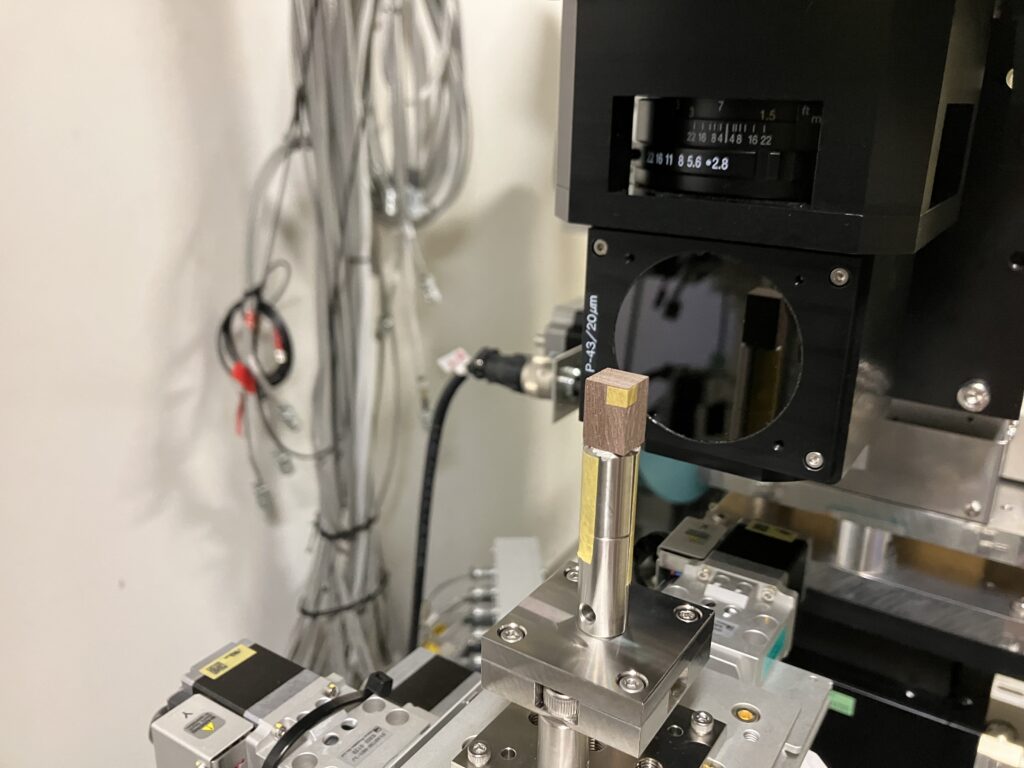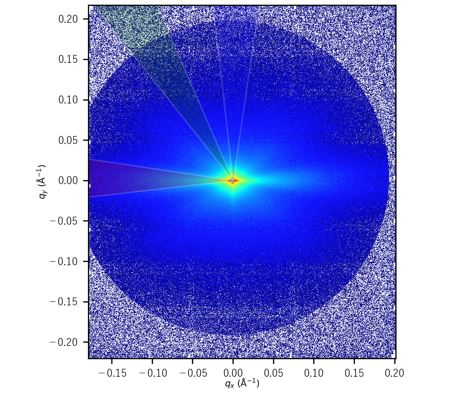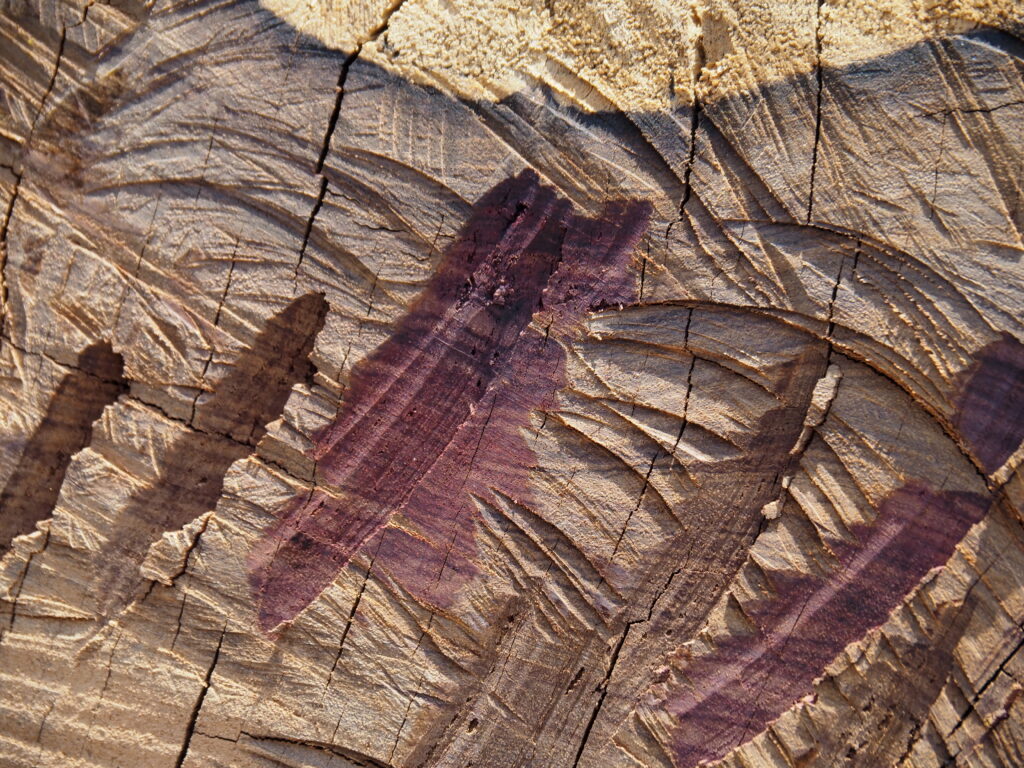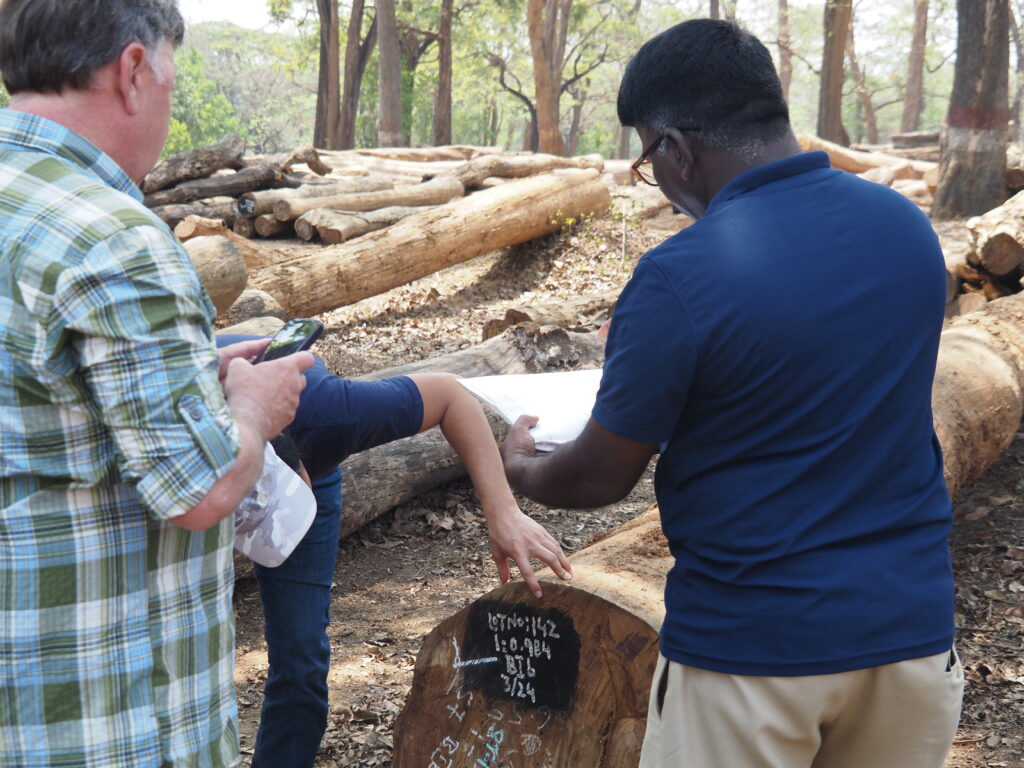Regenerative Forest and Regional Value Innovation Unit
Principal Investigator: Dr. Kazushi Nakai and Dr. Soichi Tanaka
There are an estimated 70,000 tree species on Earth, with the majority found in tropical regions such as South America, Southeast Asia, and Africa. To us, forests can be seen as microcosms of the planet—vital ecosystems that support all forms of life. The dense presence of trees reflects not only biological richness but also one of the planet’s most fundamental natural assets. Since ancient times, humans have turned to forests to gather wood for tools, agriculture, and fire—laying the foundations of civilization. Even today, wood remains an essential part of our daily lives, from practical tools to refined applications such as musical instruments. Its warmth, beauty, fragrance, and resonance continue to captivate us.
The Regenerative Forest and Regional Value Innovation Unit aims to rediscover the latent value embedded in forests and local communities, and to create regenerative systems of value circulation. We view forests not simply as sources of material, but as mediators of ecological, cultural, and economic value. Our goal is to develop post-circular frameworks that foster fair and dynamic co-creation of value between forest-origin communities and global users.
We are particularly focused on rare and irreplaceable tree species, especially those used in applications such as musical instruments. These species often thrive only in specific, biodiverse ecosystems and are deeply intertwined with local social and ecological contexts. By visualizing the material structure of wood and integrating ecological and sociocultural research, we explore pathways for sustainable forest management, localized production and processing, innovative wood applications, and collaborative dialogues with global users. Together, these efforts aim to generate practical knowledge for regenerating the value of forests and the communities that sustain them.
Conservation of Rare Timber Species in Tanzania and the Creation of a Regenerative Value System
Tanzania, located in East Africa, is home to diverse natural ecosystems such as Mt. Kilimanjaro and the Serengeti. At the same time, rapid urban economic growth since the 2000s has accelerated deforestation and created a chronic shortage of timber resources. Within this context, the Miombo woodlands, a deciduous tropical woodland typical of sub-Saharan Africa, are known as the natural habitat of African Blackwood (Dalbergia melanoxylon), a highly prized material used in clarinets, oboes, and other woodwind instruments.
In collaboration with local NGOs and private sector partners, we aim to promote the sustainable management of African Blackwood and to establish locally rooted circular ecosystems. Our work includes clarifying the mechanisms of natural regeneration in natural forest, developing enrichment planting strategies to complement wild populations, and advancing technologies for the efficient and responsible use of harvested material. We also seek to implement forest conservation models that coexist with local agriculture, the region’s key industry.
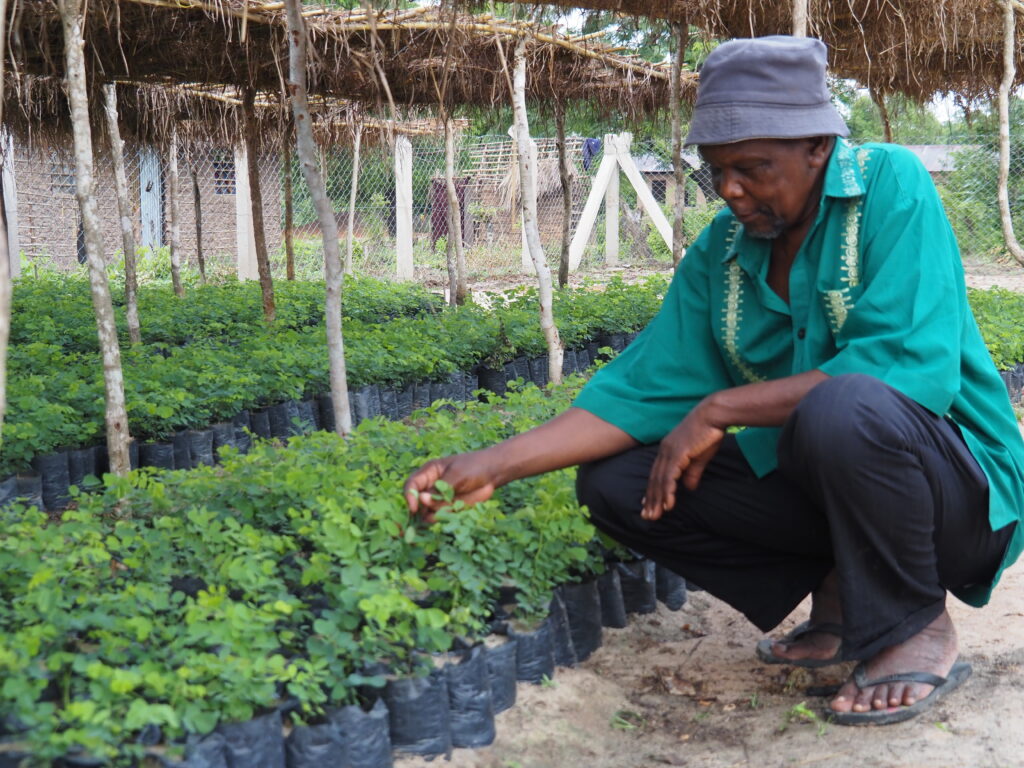

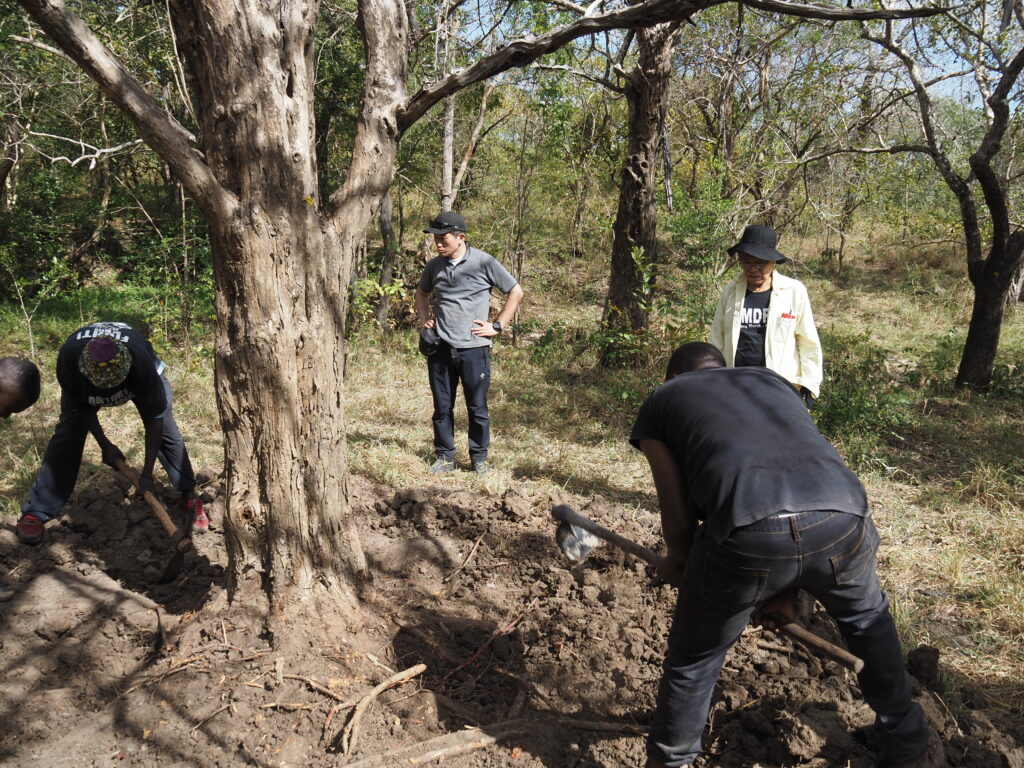
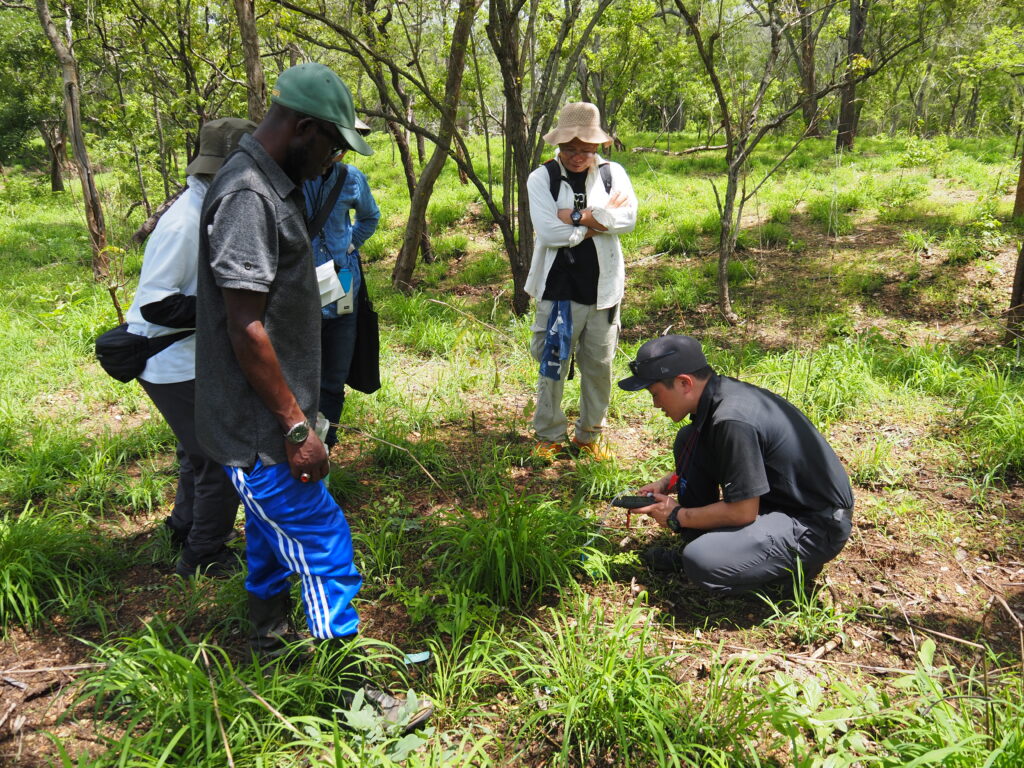
Fostering and Utilizing Regional Forest Resources through the Case of Hokkaido’s spruce
In Hokkaido’s cool climate and expansive forest landscapes, coniferous plantations including Sakhalin spruce (Picea glehnii), have long supported regional forestry. Once harvested as large-diameter logs from natural forests and used in the soundboards of grand pianos, Sakhalin spruce played a crucial role in Japan’s piano industry. However, much of this use has since shifted to imported species such as European spruce (Picea abies) and Sitka spruce (Picea sitchensis).
Despite this transition, Sakhalin spruce still holds untapped potential as a domestically grown plantation timber. In collaboration with private companies, our unit conducts scientific analyses of growth characteristics and wood properties and explores new methods for cultivating high-value timber. By combining forest science with product-oriented perspectives, we aim to develop new value pathways for locally grown wood.

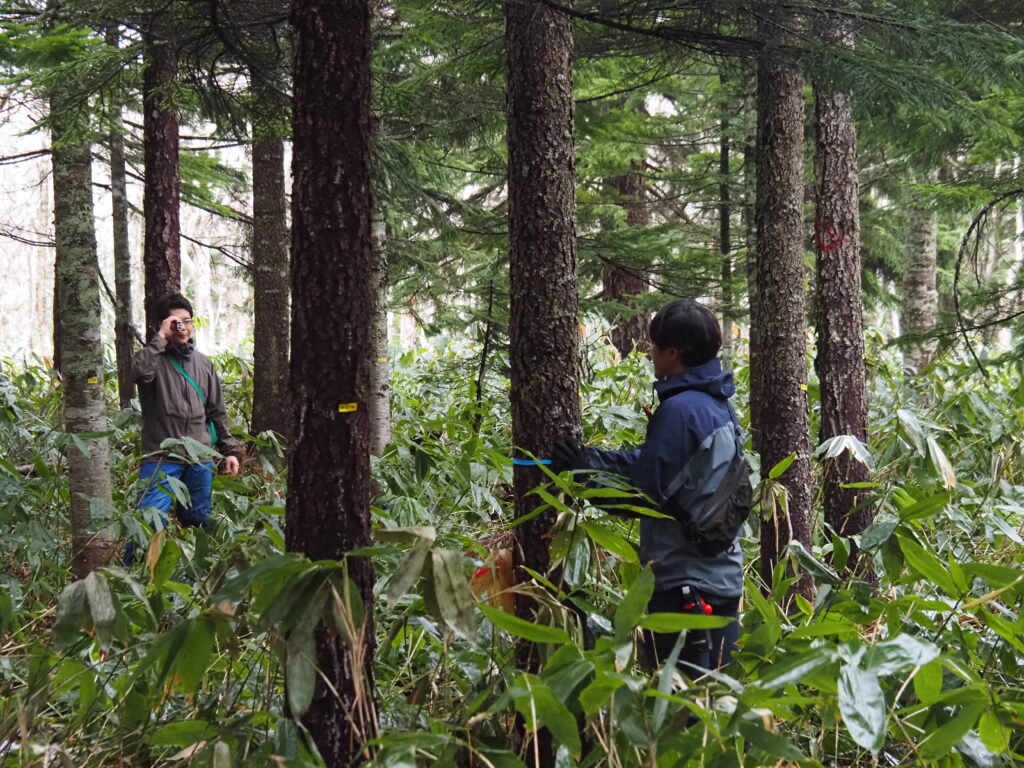
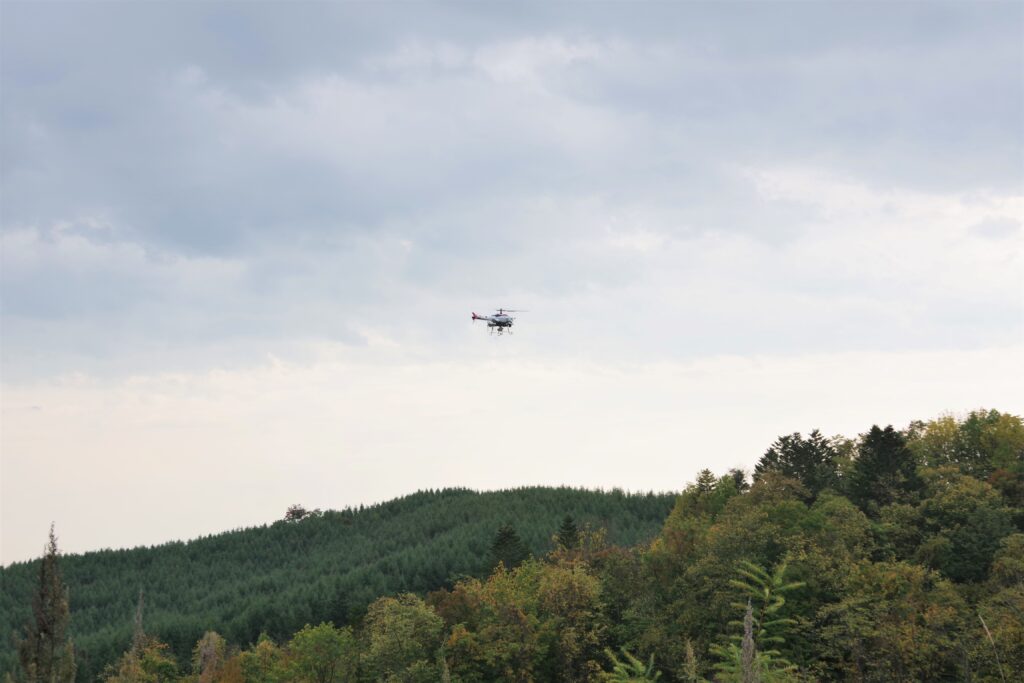
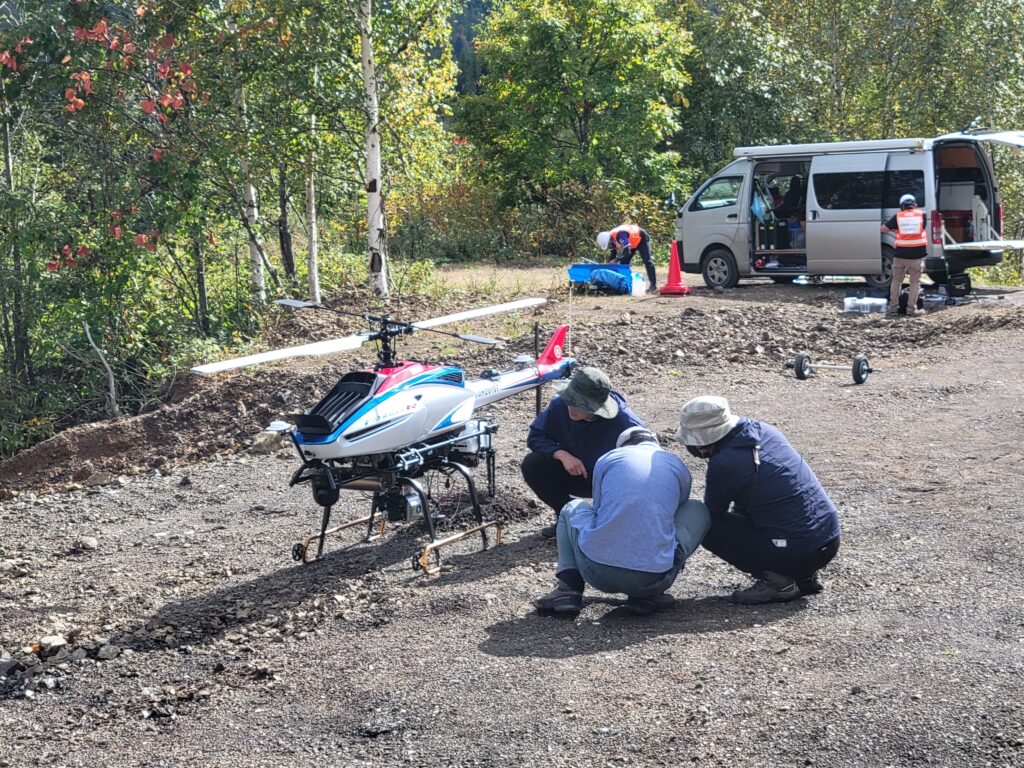
Categorizing Hardwood Species through Macroscale Anatomical Structure Analysis
Hardwood species exhibit considerable diversity in both their anatomical structures and the chemical composition of their cellular matrices. The physical properties of wood are believed to result from the complex interplay of these structural and chemical elements. However, the origins of the distinctive characteristics found in rare timber species—including why certain woods came to be used and valued—remain largely unknown, with much of the historical knowledge having faded over time.
To address this, our unit employs high-resolution, wide-range topographic imaging technologies and small-angle X-ray scattering (SAXS) techniques including those available at the SPring-8 synchrotron radiation facility, to quantify macroscale network structures in wood tissues as well as nano and microscale structures and investigate cellulose orientation and microstructural characteristics. By linking microscale fiber properties to macroscale anatomical structures and examining their relationships with physical properties such as vibrational performance, rheological properties, and mechanical properties, we aim to scientifically reassess the functional value of timber and contribute to the development of more sustainable, evidence-based wood utilization strategies.
